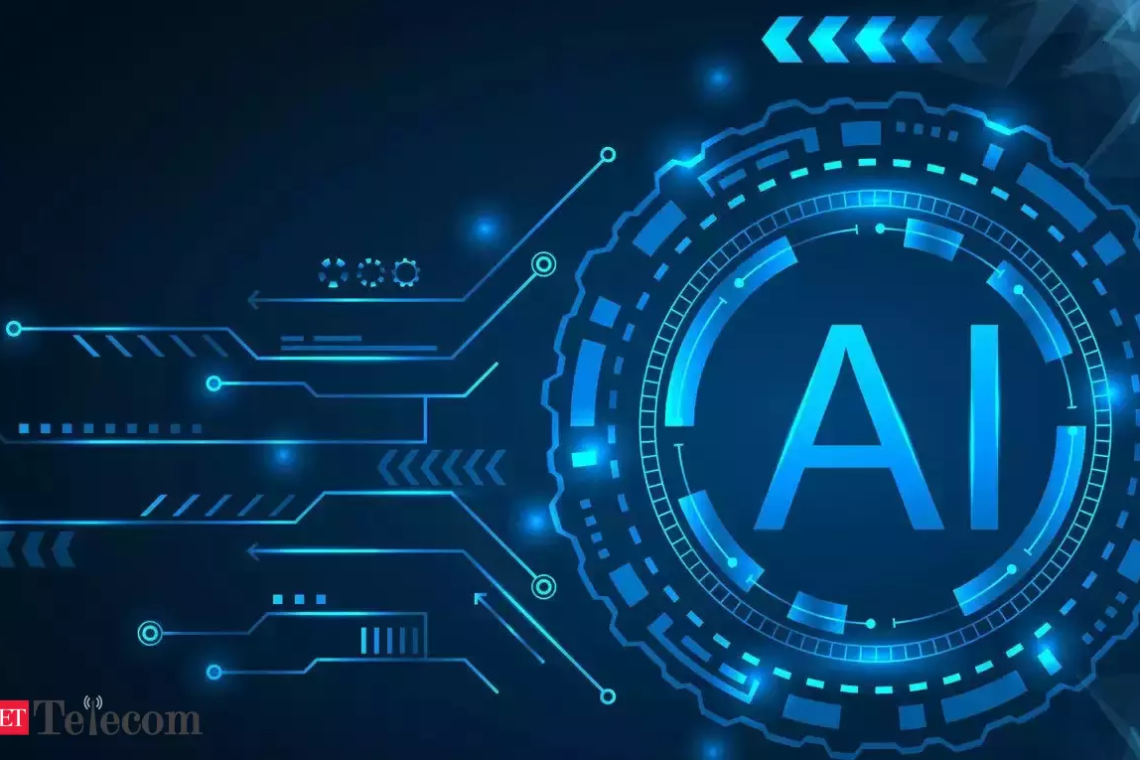Upgrade with the iQOO Z10R on Easy EMIs and make your festive season brighter
- August 28, 2025
- Tech
Upgrade with the i
Pune, August 25: The festive season is the perfect time to purchase a… Read More

The world of dentistry is witnessing a digital revolution, with artificial intelligence (AI) leading the charge. From speeding up diagnostic processes to improving accuracy, AI is reshaping dental diagnostics and transforming patient care. As these technologies become more advanced, their role in dentistry will only continue to expand, setting new standards for diagnostic precision and efficiency.
The Rise of AI in Dental Diagnostics
AI technology, particularly in the form of machine learning algorithms, is designed to identify patterns in large datasets. In the context of dental diagnostics, AI systems are trained on thousands of images of dental scans and X-rays to recognize patterns associated with common dental conditions, such as cavities, bone loss, infections, and other oral health issues. This training enables AI to detect abnormalities with remarkable accuracy and speed, often identifying potential issues before they become visible to the human eye.
One of the primary advantages of AI is its consistency. Human error, fatigue, and bias can affect diagnostic outcomes, but AI systems provide a reliable second opinion to dental professionals, thereby reducing the likelihood of misdiagnosis. With AI, dentists can offer a more comprehensive diagnostic experience, addressing patient needs more effectively and efficiently.
Benefits of AI for Dentists and Patients
AI-powered diagnostics bring several tangible benefits to both dental practitioners and patients. Here are a few key ways AI is shaping a more promising future for dentistry:
What’s Next? The Future of AI in Dentistry
The future of AI in dentistry is brimming with potential. As machine learning algorithms become more sophisticated, they will continue to drive advancements in diagnostics. Technologies like Cone Beam Computed Tomography (CBCT) and 3D imaging, when paired with AI, allow for more in-depth and three-dimensional analysis, leading to more precise diagnoses and treatment planning.
In addition to diagnostics, AI is expected to support various other aspects of dental practice, including patient management and administrative functions. As AI integrates deeper into the dental industry, its applications may broaden to cover automated appointment scheduling, personalized treatment recommendations, and enhanced patient engagement. Such developments would streamline workflows across the board, allowing dental practices to offer more comprehensive and personalized care.
For more information on how AI is transforming dental diagnostics and to explore cutting-edge solutions in this field, visit Diagnocat, a leader in AI-powered dental diagnostics.
Conclusion
The incorporation of AI into dentistry is more than just a technological advancement; it is a shift toward a more precise, efficient, and patient-centered approach to dental care. As AI technologies continue to evolve, they will redefine the standards for dental diagnostics, improving outcomes for patients and practitioners alike. Embracing these innovations will not only help dental practices stay competitive but will also ensure that patients receive the highest quality of care possible.